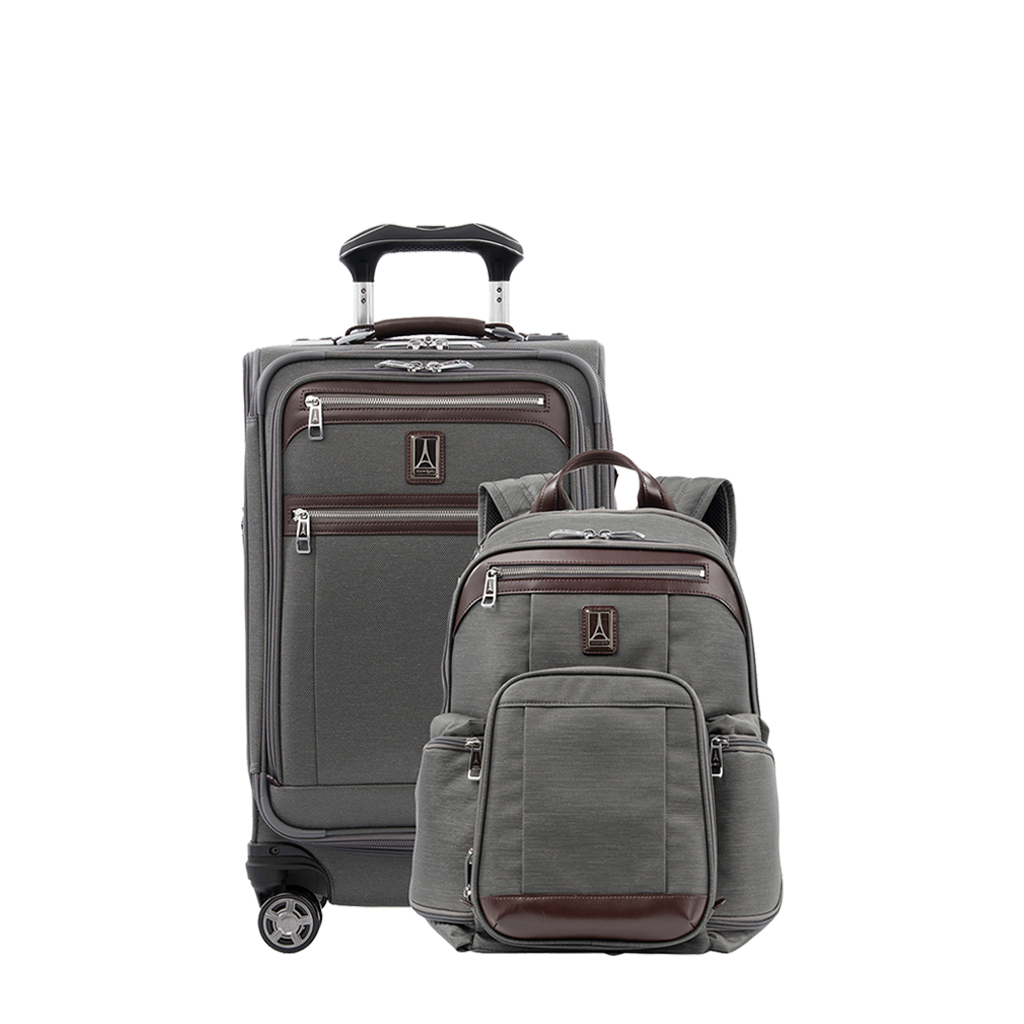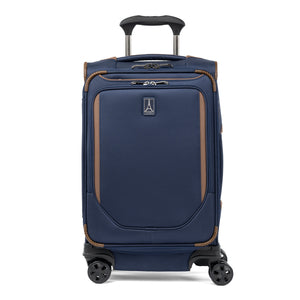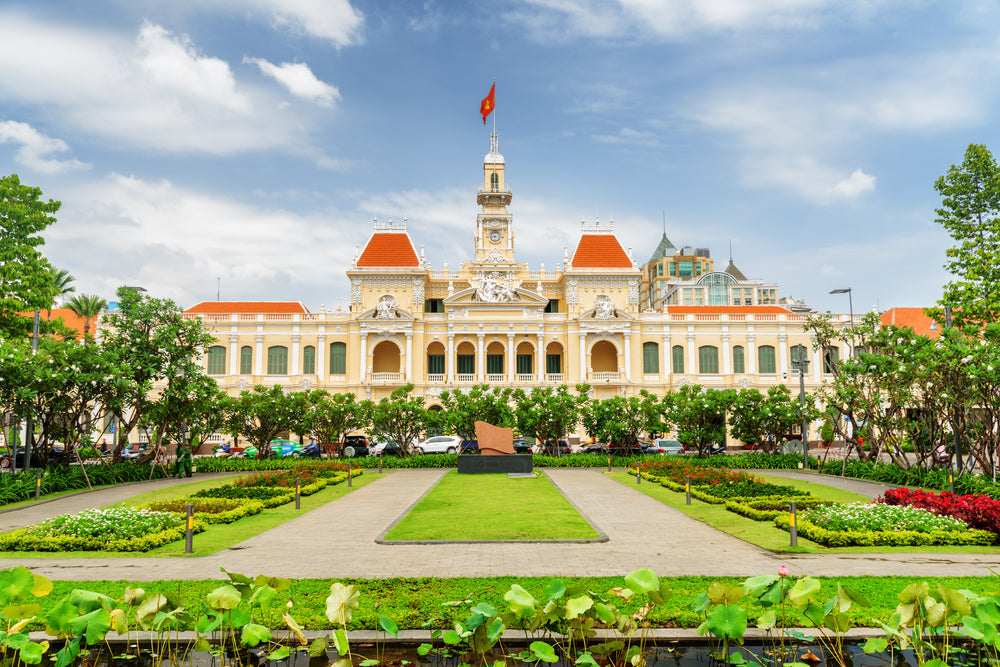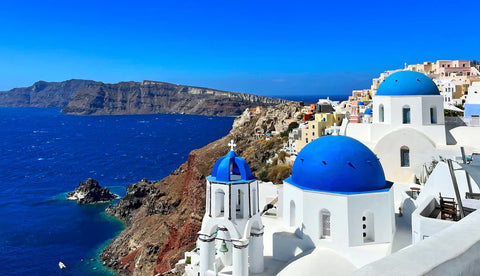As US troops withdrew from Vietnam in the early 1970s, North Vietnam saw the opportunity to seize power throughout their nation. In 1975, they gained control of Saigon and renamed it Ho Chi Minh City (HCMC) after their former leader Ho Chi Minh. Today, however, many locals and tourists still call the city Saigon – one of our destination spotlight cities.
This large southern Vietnam city draws millions of tourists a year to discover the flair, the culture, and the cuisine.
Understanding Vietnamese Currency and How to Pay
In Vietnam, the local currency is the Vietnamese Dong. Most places will also accept US Dollars with a surcharge attached. In addition, shopping malls, hotels, and other larger businesses will also accept credit or debit cards for a fee.
Be prepared with local currency when visiting street food stalls and bazaars, like the Ben Thanh Market.
Banks, hotels, and airports are the most convenient places to exchange currency but charge the highest commissions. Find a gold or jewelry store to get the best exchange rate.
What Time Zone is HCMC Located In?
Ho Chi Minh City, and all of Vietnam, lies in the Indochina Time Zone. This zone is GMT +7, or 12 hours ahead of Eastern Standard Time in the United States.
When is the Best Time to Visit Ho Chi Minh City?
In southern Vietnam, from December until March, the climate remains dry, with high temperatures in the mid-70s to the mid-90s. In April and May, temperatures can get very hot (up to 100°F). June to fall may bring heavy rain which can make traveling difficult. If you’re new to travelling, the weather is covered in our Beginner’s Guide to Travelling.
Travelling during the Lunar New Year celebrations, locally called Tet, lets you experience the amazing culture. Celebrations begin on the first day of the lunar calendar and last for three days. During this time, hotel prices rise considerably.
The Best Airport Options for Ho Chi Minh City
Most travelers will fly into Tan Son Nhat airport in HCMC. This large airport serves millions of people annually and is centrally located in the city. You can quickly discover what to do in Ho Chi Minh City from the airport.
Things to do in Ho Chi Minh City
Travel is all about immersion in another culture. Before you go, learn as much about the area as possible (check out our tips for travelling abroad). Then, make plans to visit some of these unique destinations in the Pearl of the Far East.
- Saigon Skydeck– Located on the 49th floor of the Bitexco Financial Tower, the Skydeck offers 360 views of HCMC from nearly 600 feet up.

- Independence Palace – Since the first brick was laid in 1868 until today, Independence Palace has been heavily used in Vietnamese history and culture.

- War Remnants Museum– The War Remnants Museum offers an alternate perspective on Vietnam's history in the last century.

- Cu Chi Tunnels– Underground tunnels wind their way throughout many Vietnamese cities. The Cu Chi Tunnels were used by Viet Cong soldiers during combat, helping them resist larger and stronger forces.

- Tao Dan Park – Tao Dan Park, behind Independence Palace, is a tranquil spot to relish nature in a city of over 9 million inhabitants.

- Tour of the Temples – There are hundreds of Buddhist temples and pagodas throughout Vietnam, many in HCMC. Some are huge and ornate, others modest and small.

- Street Food– Street vendors provide some of the most authentic and tasty Vietnamese food you can find.

In HCMC, activities abound, from downtown to the edge of town - you just need to know where to go.
How to get around Saigon
There’s no way to miss the abundance of motorcycles swarming the streets of HCMC. While you can certainly rent one and brave the roads yourself, public transportation is inexpensive and much less scary.
The three primary options for transportation are:
- Taxi Cabs
- Xe Om (aka motorcycle cab)
- Bus
When you opt for a cab, whether a motorcycle or car, make sure you’re using a reputable company and agree on a price ahead instead of letting the meter run.





